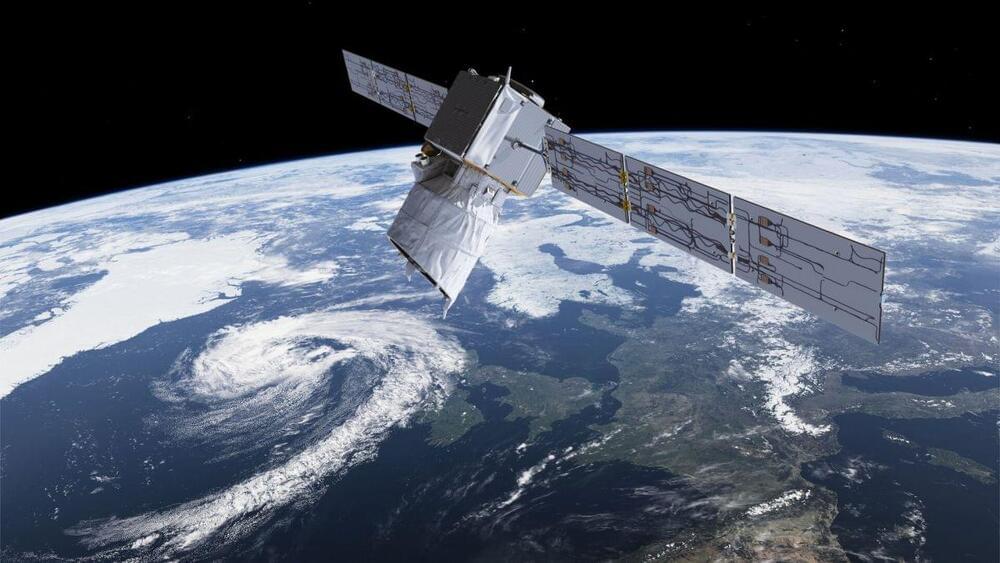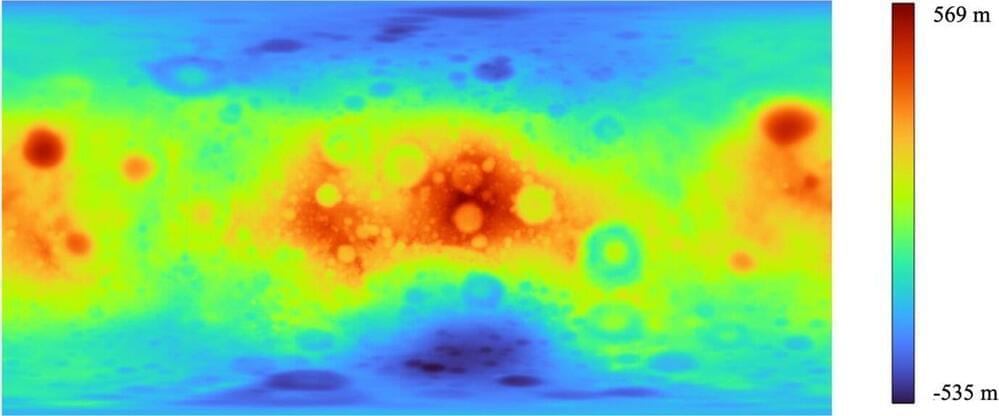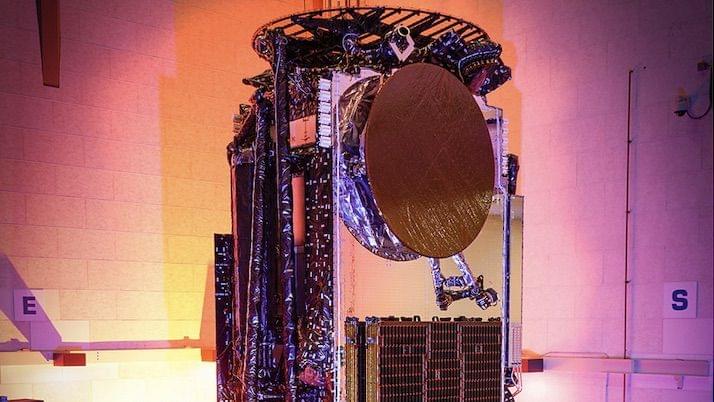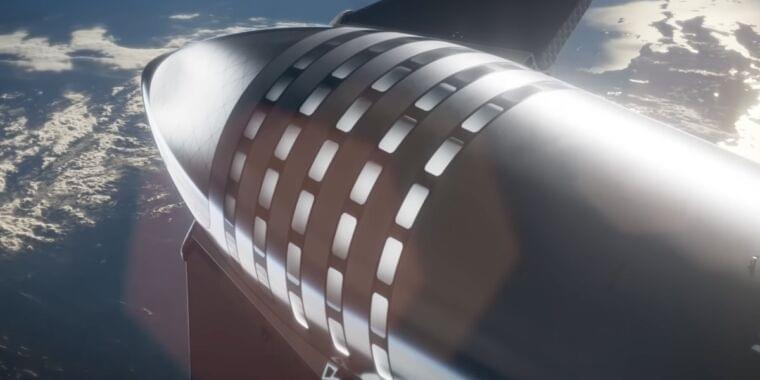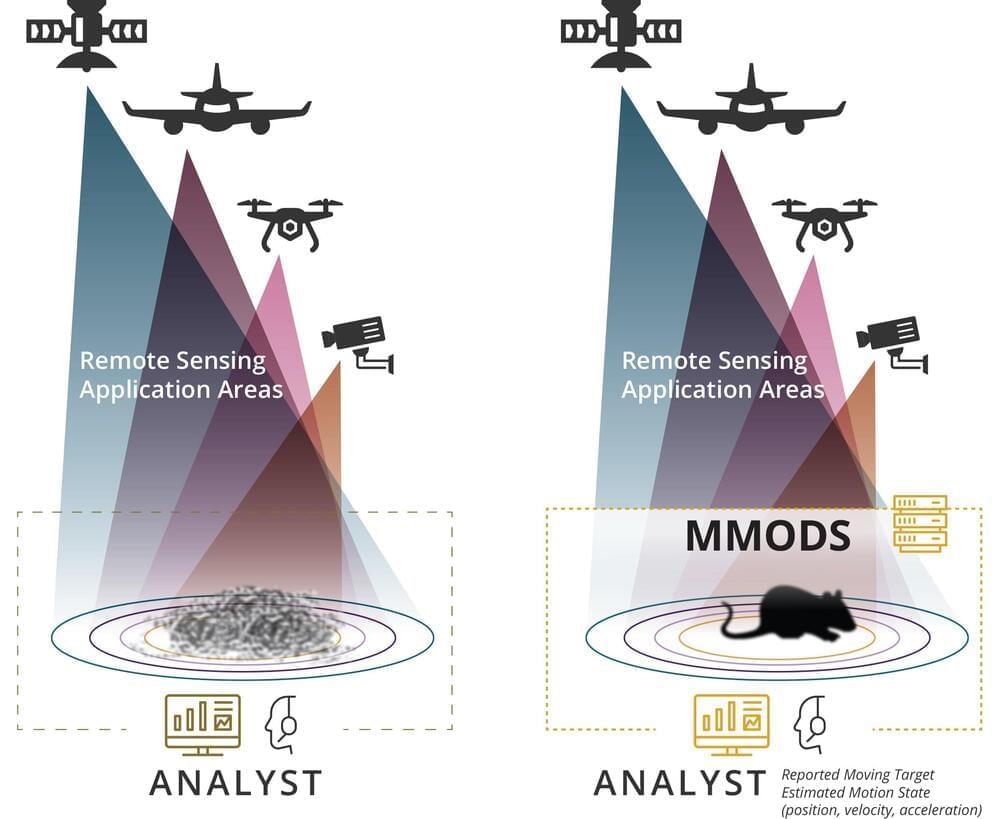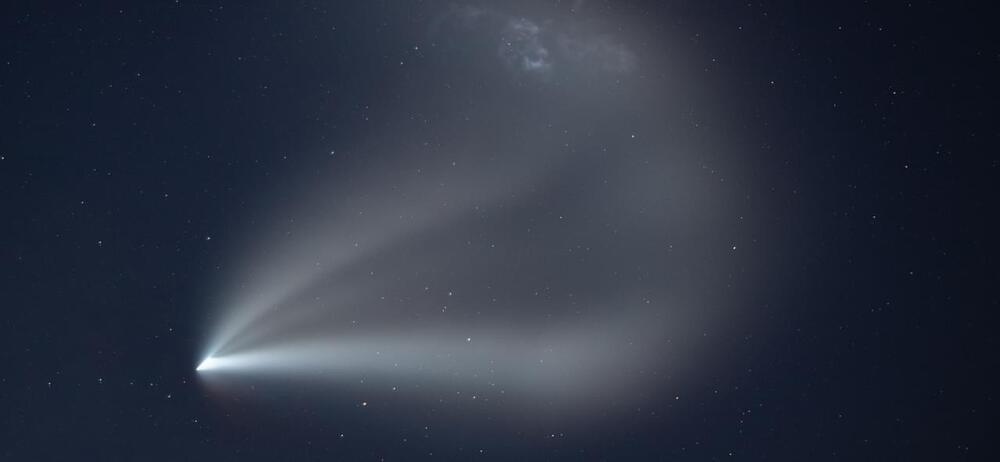Safety first. I’ve read about tech saving lives and this is a step forward along with crash detection and AFib detection and more. Our phones are legit becoming rescue and medical devices. Any experience or thoughts?
The extent of satellite support is still not evident when it comes to smartphones, but I am really looking forward to seeing how Android 14 uses this feature. It is also important to understand that all Android phones are built differently, especially when it comes to manufacturers, and while Samsung might be the biggest, with the most amount of influence, it is possible that other companies won’t introduce the feature despite the latest version of Android supporting the feature.
Whatever the case might be, Android 14 is not far away, as the update will make its debut in October alongside Pixel 8 series. You can expect the Tensor G3 to have this support. In addition to that, new flagship phones are going to start popping up, which means that we will see some compelling hardware from a variety of companies and will perhaps also get a look at which phone does support satellite SMS and other satellite-based communication features and which doesn’t.
Satellite communication on phones is still a feature that has a long way to go, and I am glad that Android 14 is bringing it to the mainstream. Here, it is important to understand that we are going to get more and more features revolving around this type of communication, and I am really hoping that more Android OEMs fall in line so we can truly have a proper, streamlined technology at our disposal.
